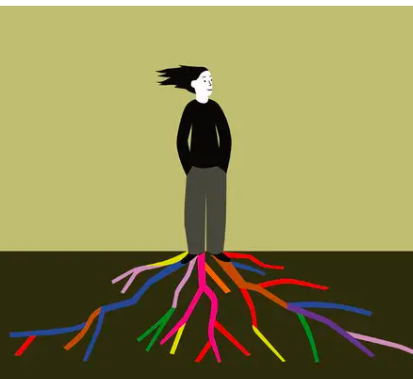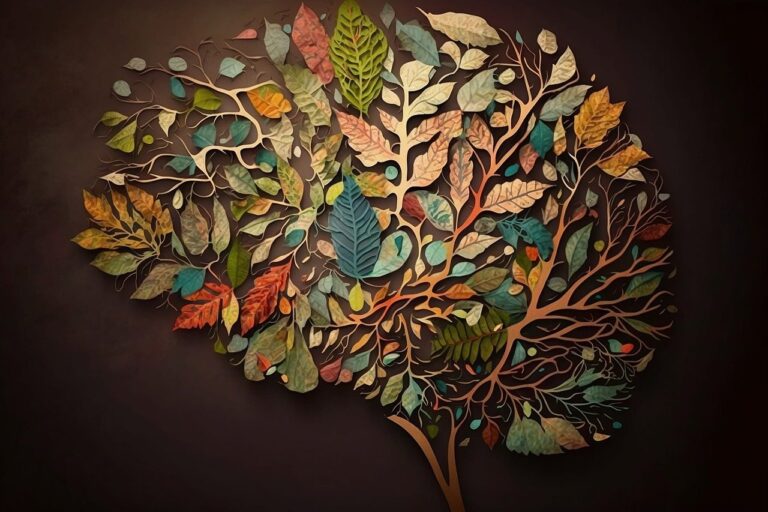Past LifeLab (LiL ) Research Library
Advancing Discovery & Application
Upcoming Neuroscience LifeLab (LiL) Clinical Research & Application
Intl. Conference | Published: 20th-24th February 2024
Resilience: Theory in Practice
By: Psychology Cares. Helping You Grow
International Conference Presentation: The 2nd African MENA Brain Week, 20th-24th February 2024
Past Lifelab (P-LiL) Research Library | Adult (A)
Research (R) | Clinical (Cl) | (P-LiL-A-R-Cl)
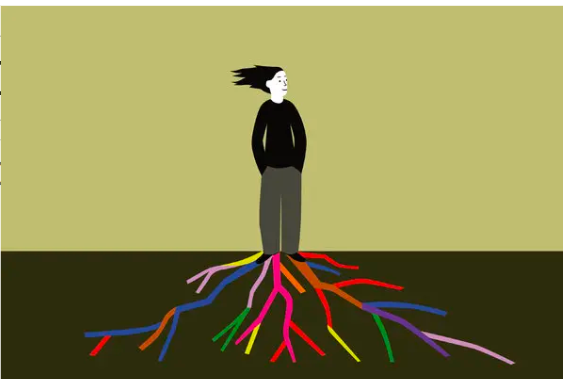
Abstract
The notions of psychological resilience and biological immunity are not only analogously interconnected but may also have deeper routes in the survival of the species.
Figures Showing the Relationship Between Psychological Resilience & Biological Immunity
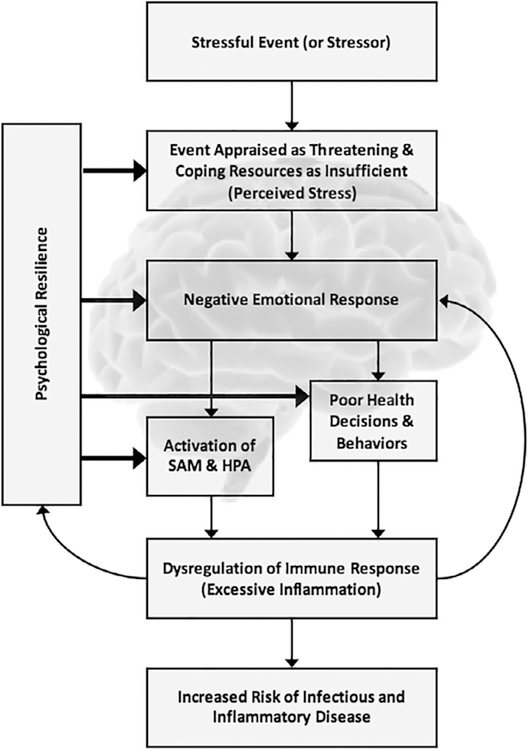

In the recent decades there has been important progress in defining the nature of resilience and understanding of the transactional phenomena that insusceptibly manifest opportunity from the mechanisms of threat and fear. We proposed a new transdisciplinary theoretical framework and a clinical treatment model. This was initially developed in 2011 from the clinical application in the treatment of 180 complex community-based and treatment-resistant psychiatric adult patients in the United Kingdom.
We hypothesised that resilience is the ability to sequentially identify, recognise, organise, and understand threat as an opportunity, and not as a crisis alone. Consequently, a resilient individual emerges with the ability to engage in adaptive and effective decision-making, in response to crisis. In this regard, the crisis itself can be seen as an agent of mutation, evolution and necessary adaptation. Thereby creating the conditions for goal-directed motivated action(s) and or inaction(s), transforming a crisis into an opportunity, and trauma into growth
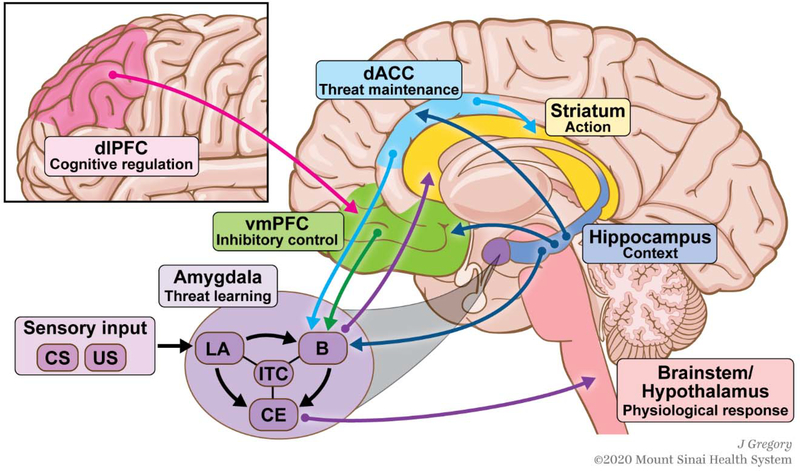
The key principles of the treatment model entail engaging and activating existing adult neurogenesis in the limbic and hippocampal regions, whilst at the same time transposing “amygdala flooding” away from threat specific to threat-paired regulation. This is achieved by: (1) reconfiguring the prefrontal cortex and learnt appraisal-based associations; (2) concurrent lateral reprocessing and perceptual filling-in of threat and distress inducing stimuli (internal and extraneous) and related emotions; and (3) reinforcing optimisation-laden micro-cognitions targeting procedural memory, dual emotions and selective reward-based review of specific binary actions. There is a great need to evaluate this theory and the application of this model across a range of diverse populations, including race, ethnicity, gender, social, physical and mental abilities.
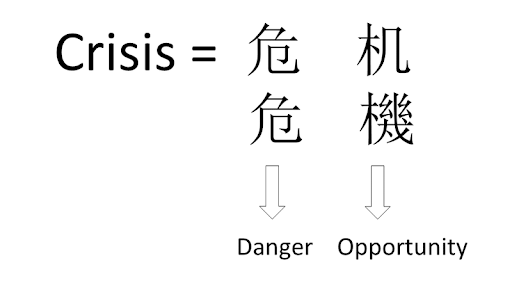
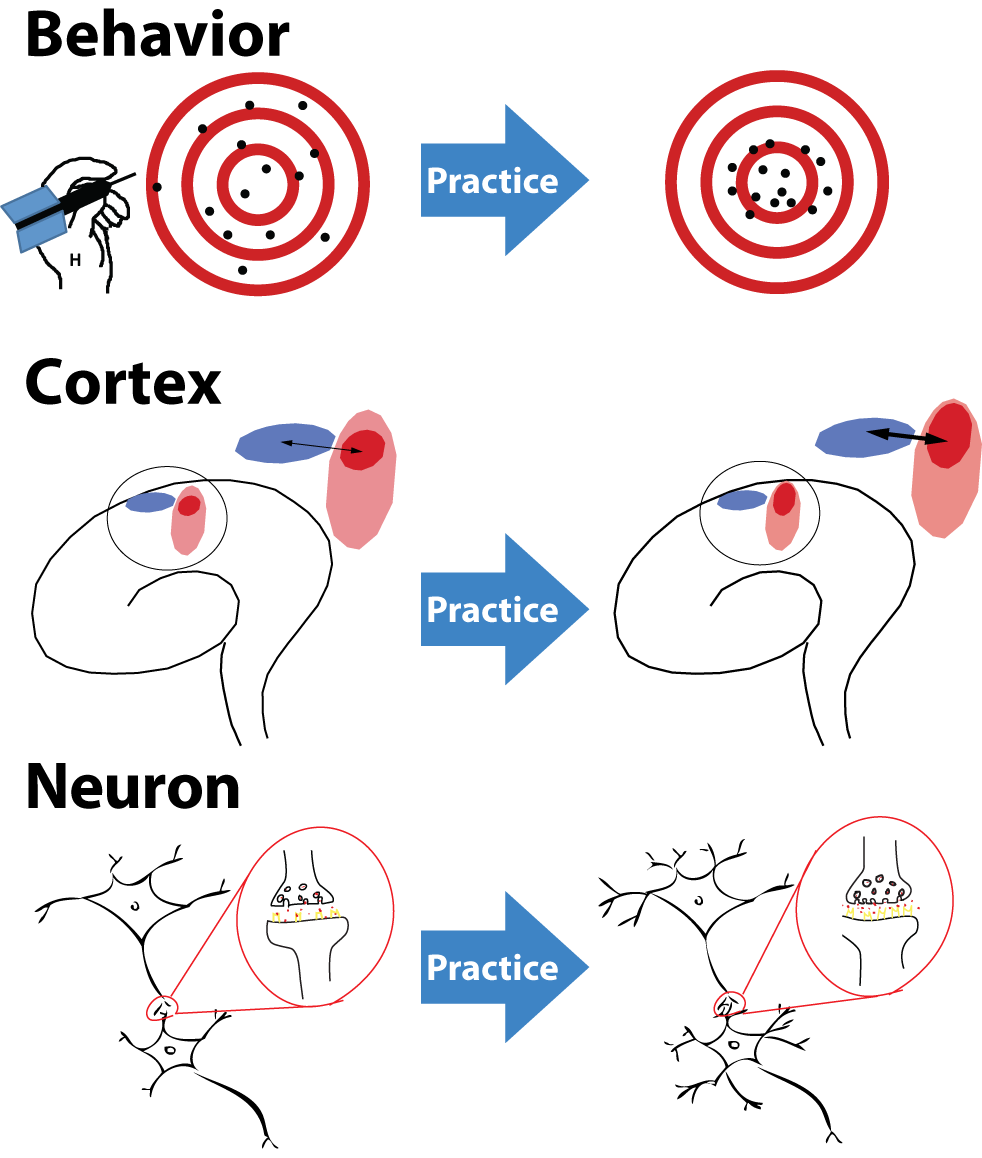
Source: (Samanthi, 2020) : https://www.differencebetween.com/difference-between-neurogenesis-neuroplasticity-and-neuroregeneration/
We propose that resilience is a harmonic and dynamic mechanism and process. This can be learned and developed, enabling organisms, individuals, and organisations to evolve, thus turning threat into an opportunity.
Latest Articles:
Past LifeLab (LiL ) Research Library
Advancing Discovery & Application
Upcoming...
Past LifeLab (LiL ) Research Library
Advancing Discovery & Application
Upcoming...
Past LifeLab (LiL ) Research Library
Advancing Discovery & Application
Upcoming Neuroscience LifeLab...
Past LifeLab (LiL ) Research Library
Advancing Discovery & Application
Upcoming...
No posts found



